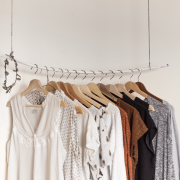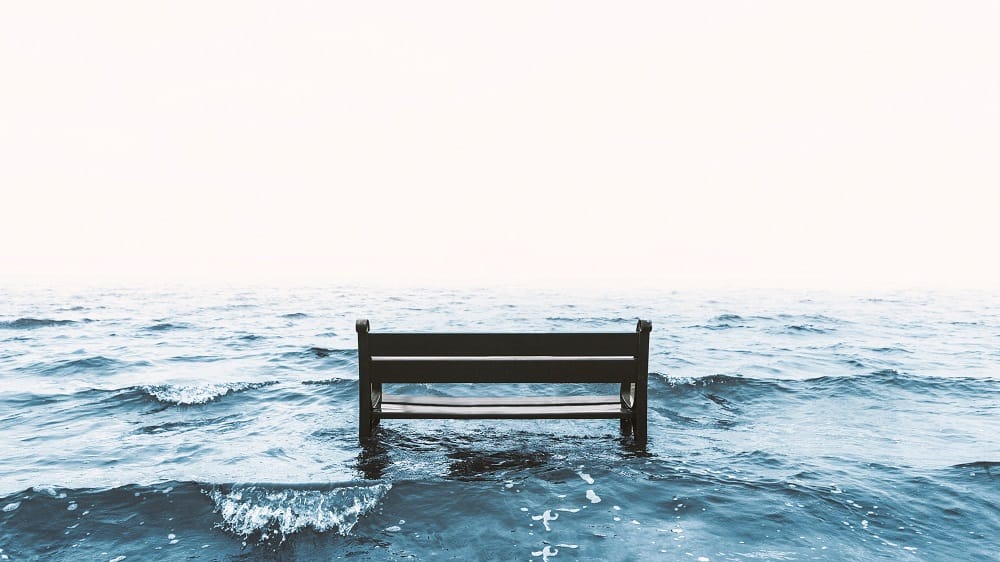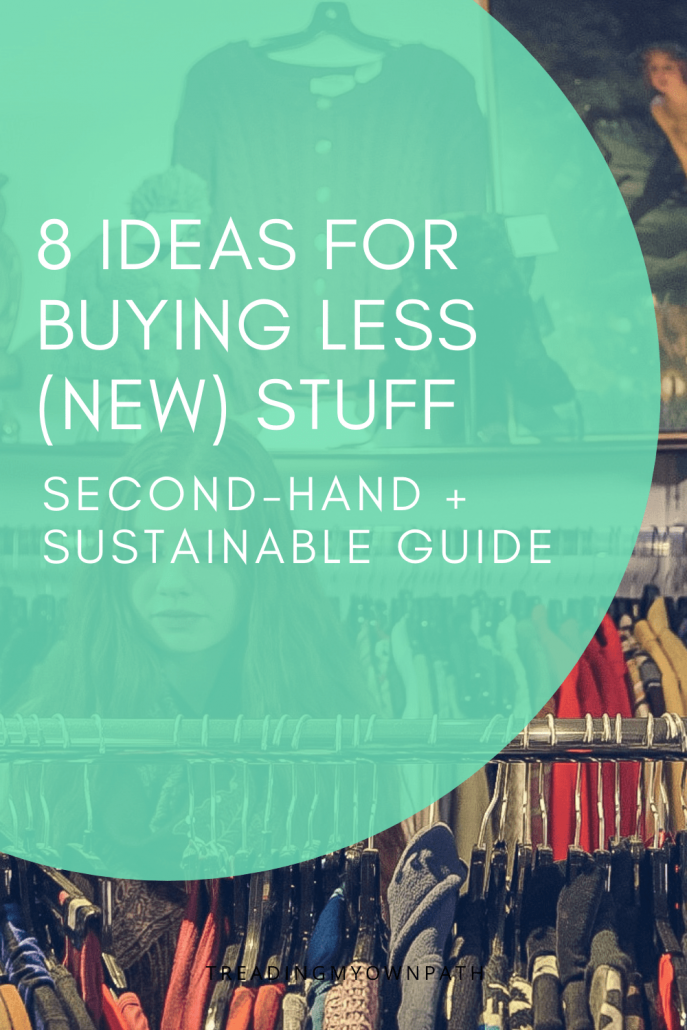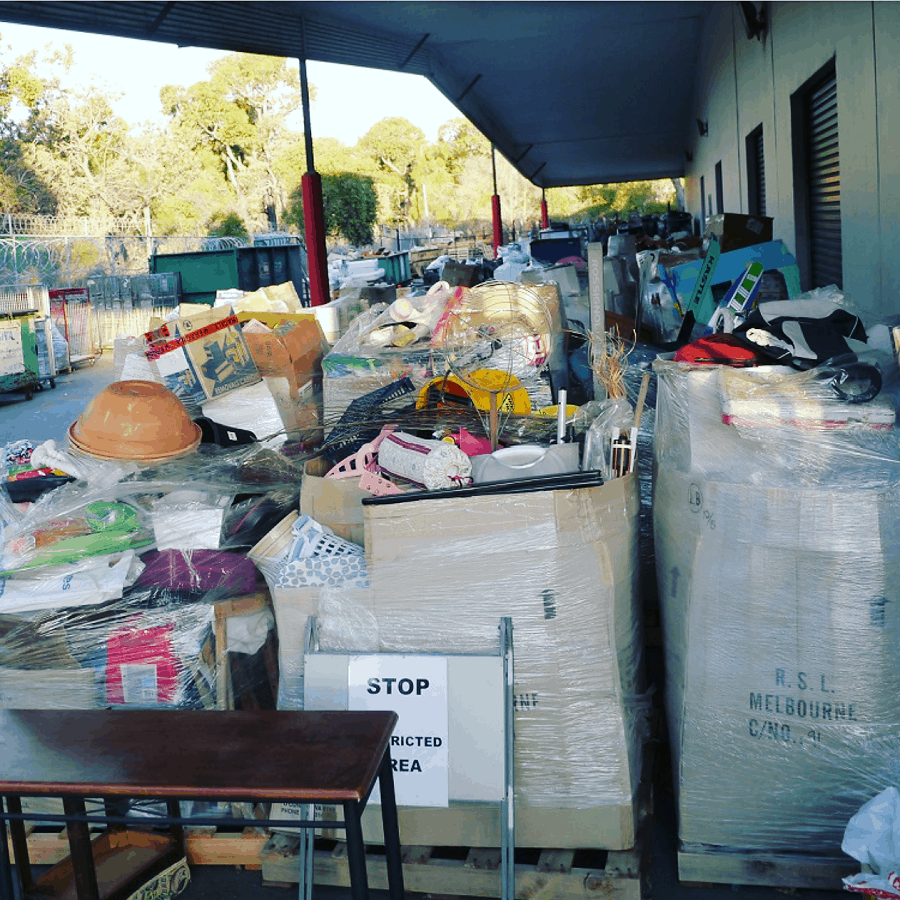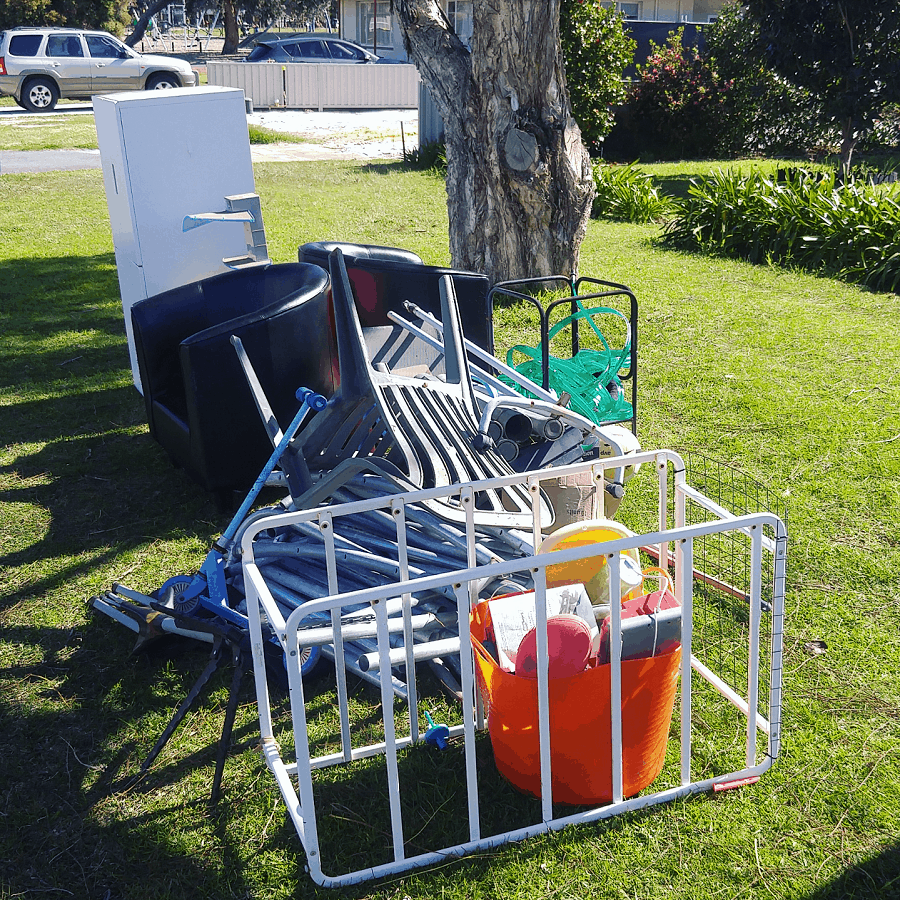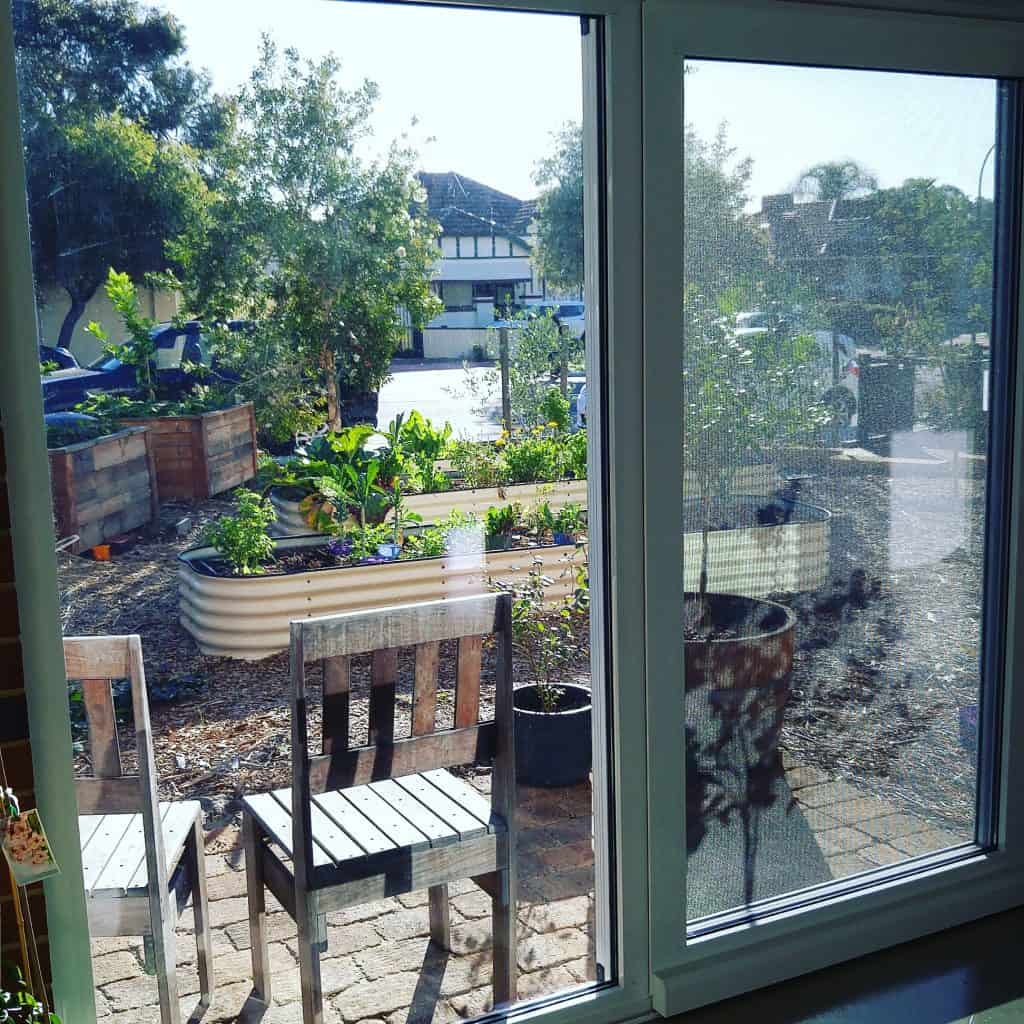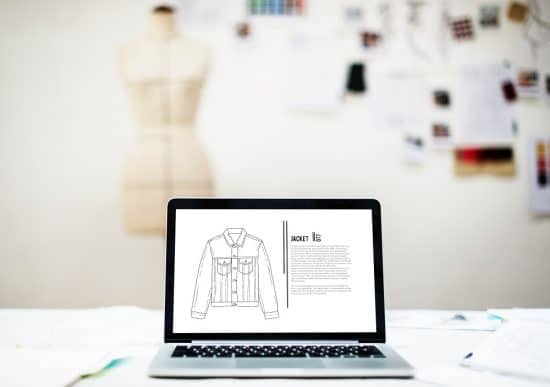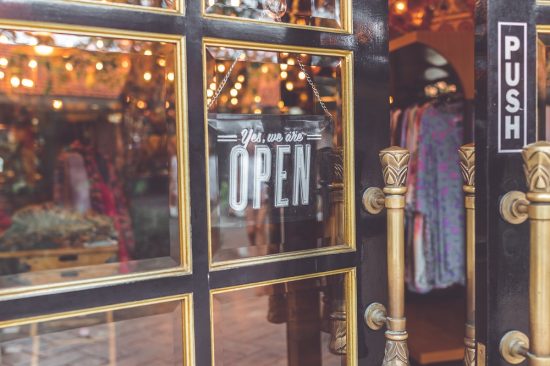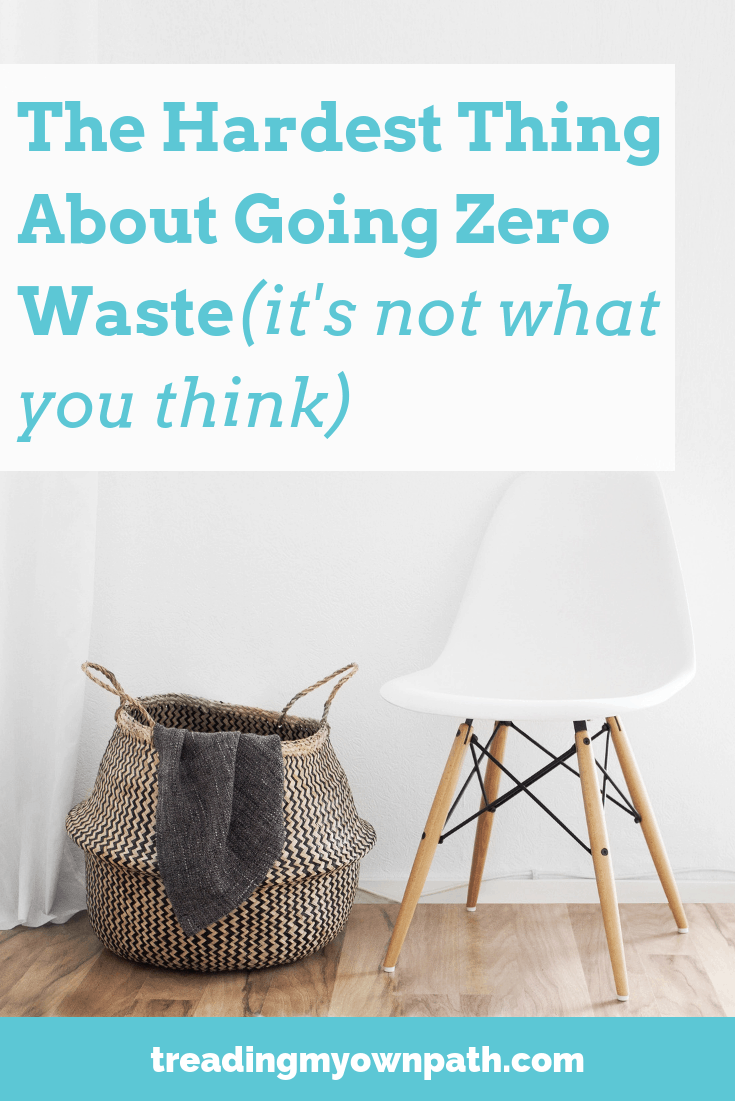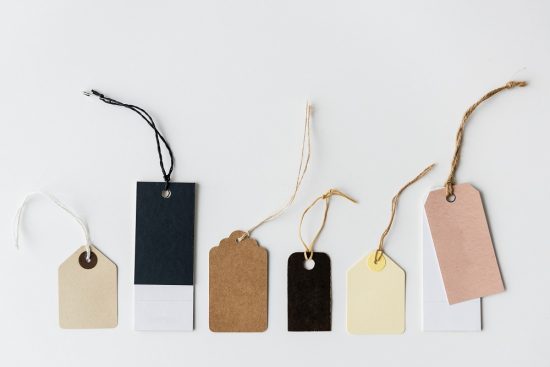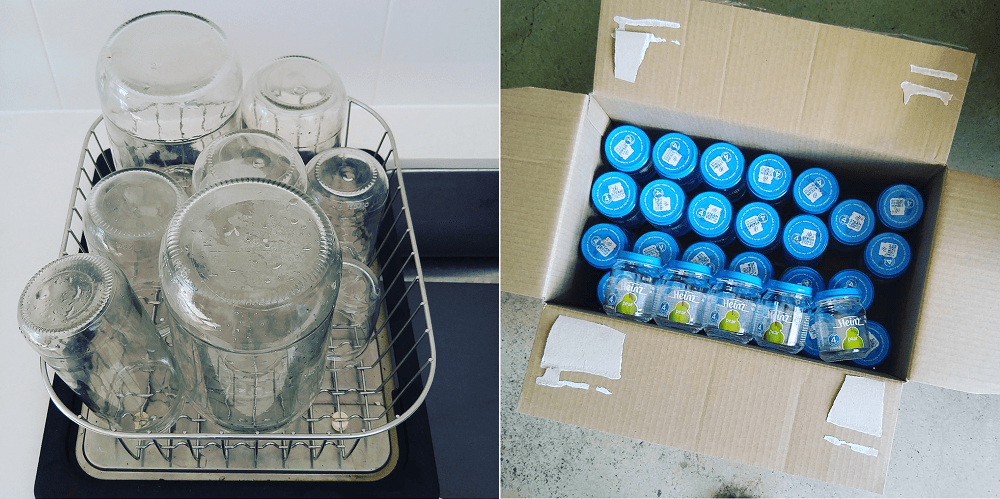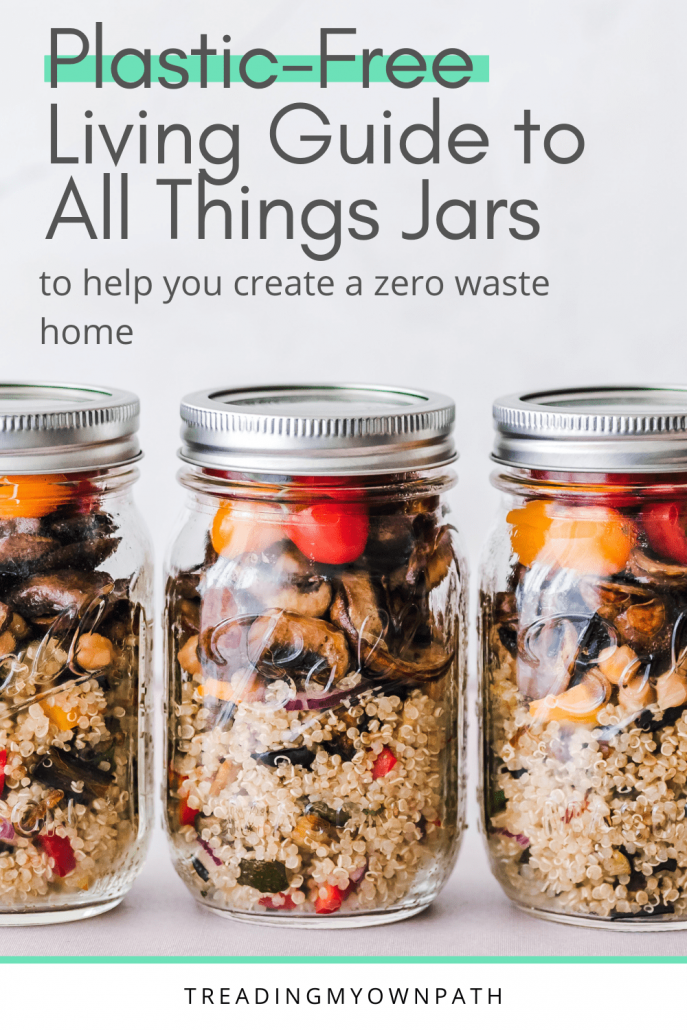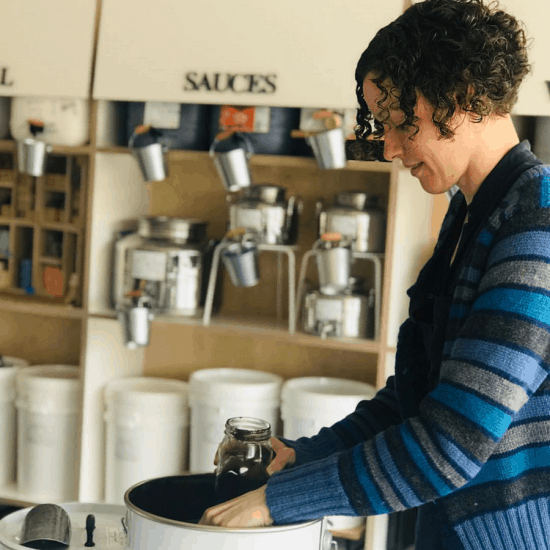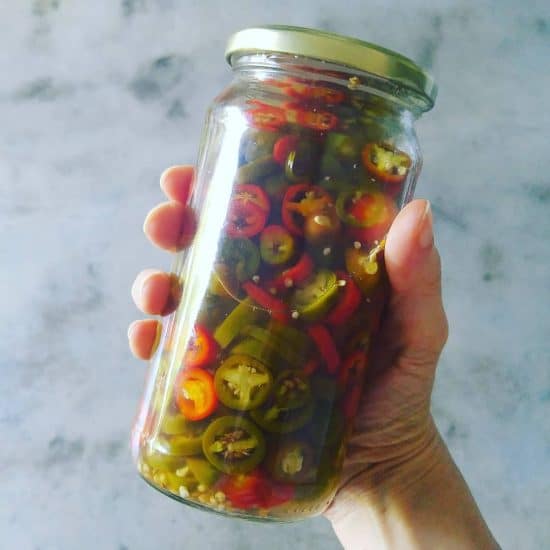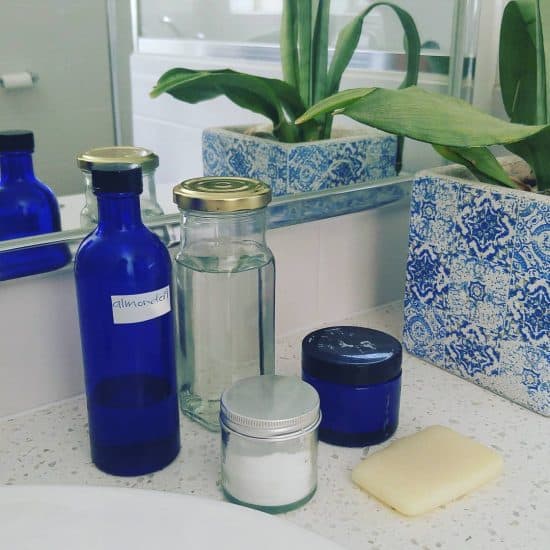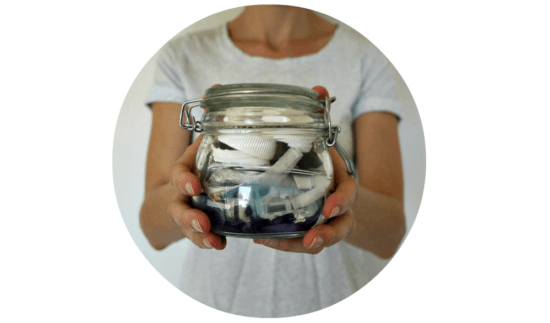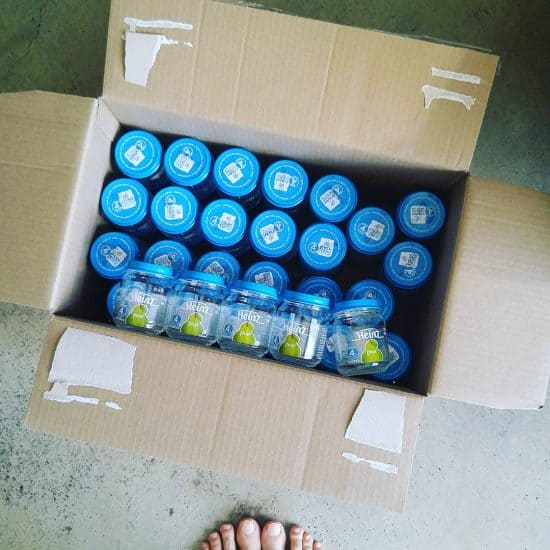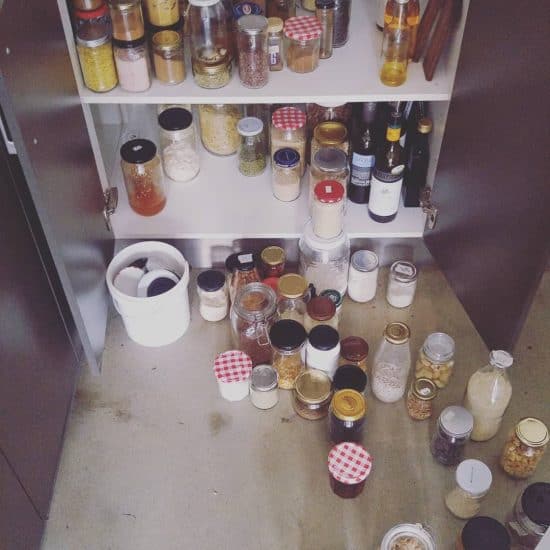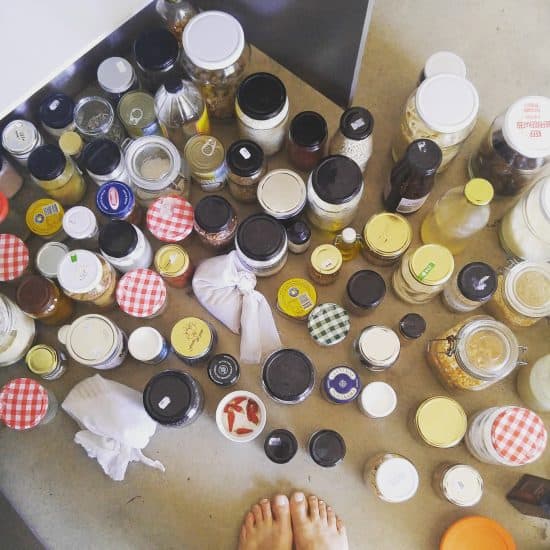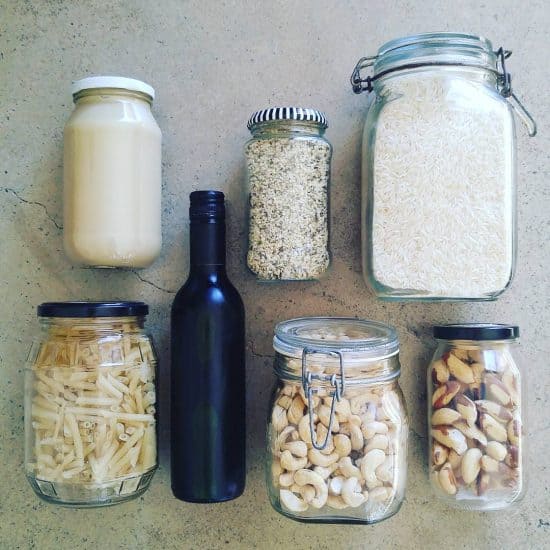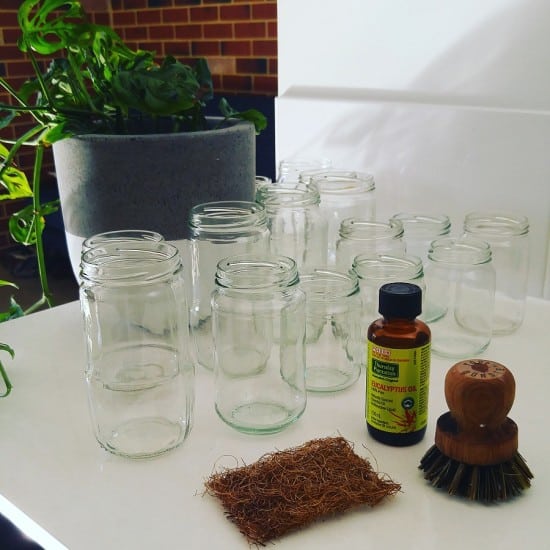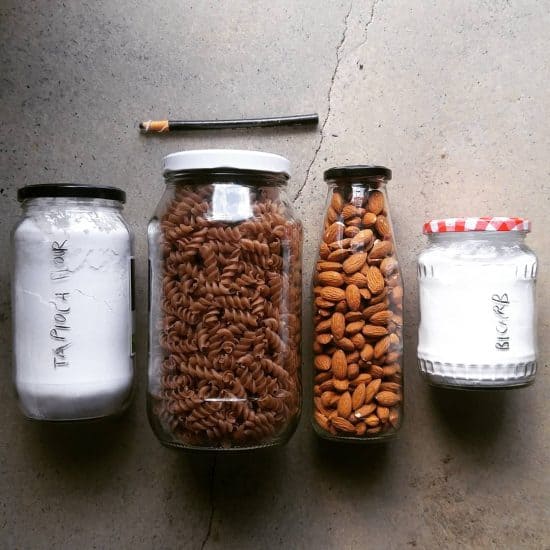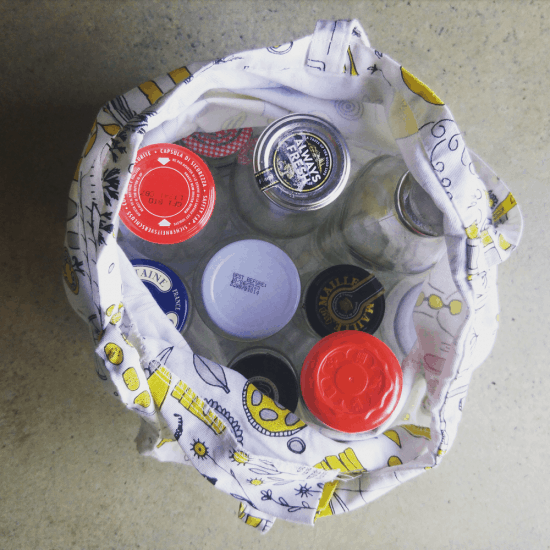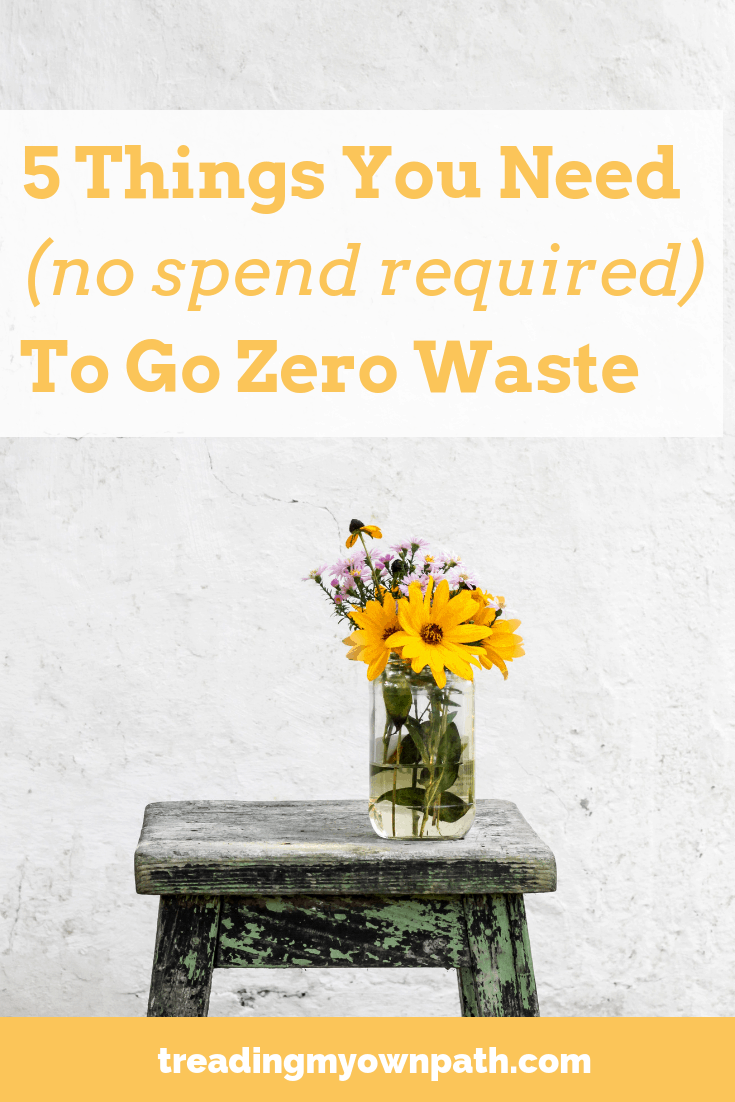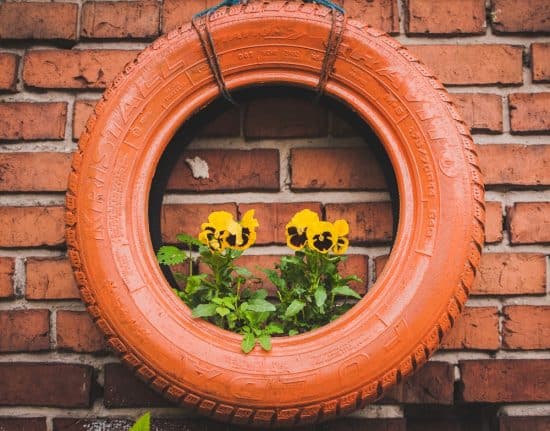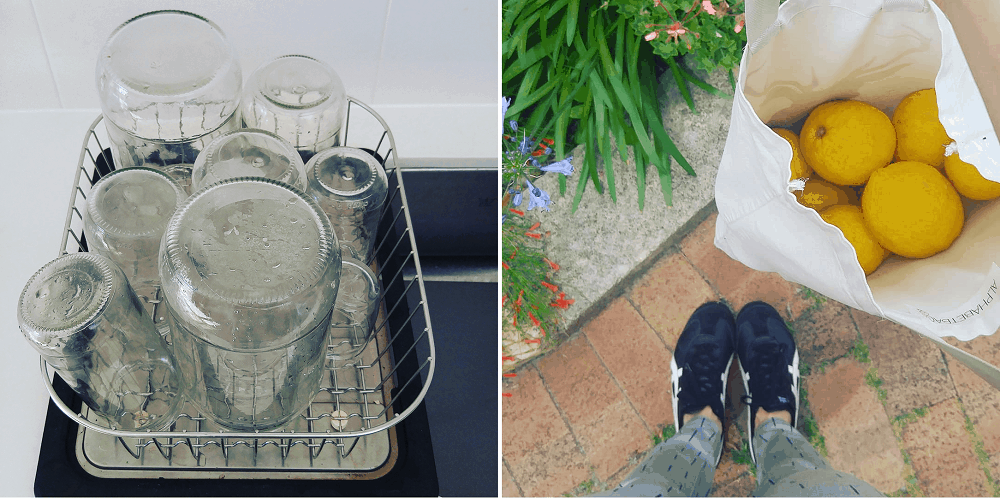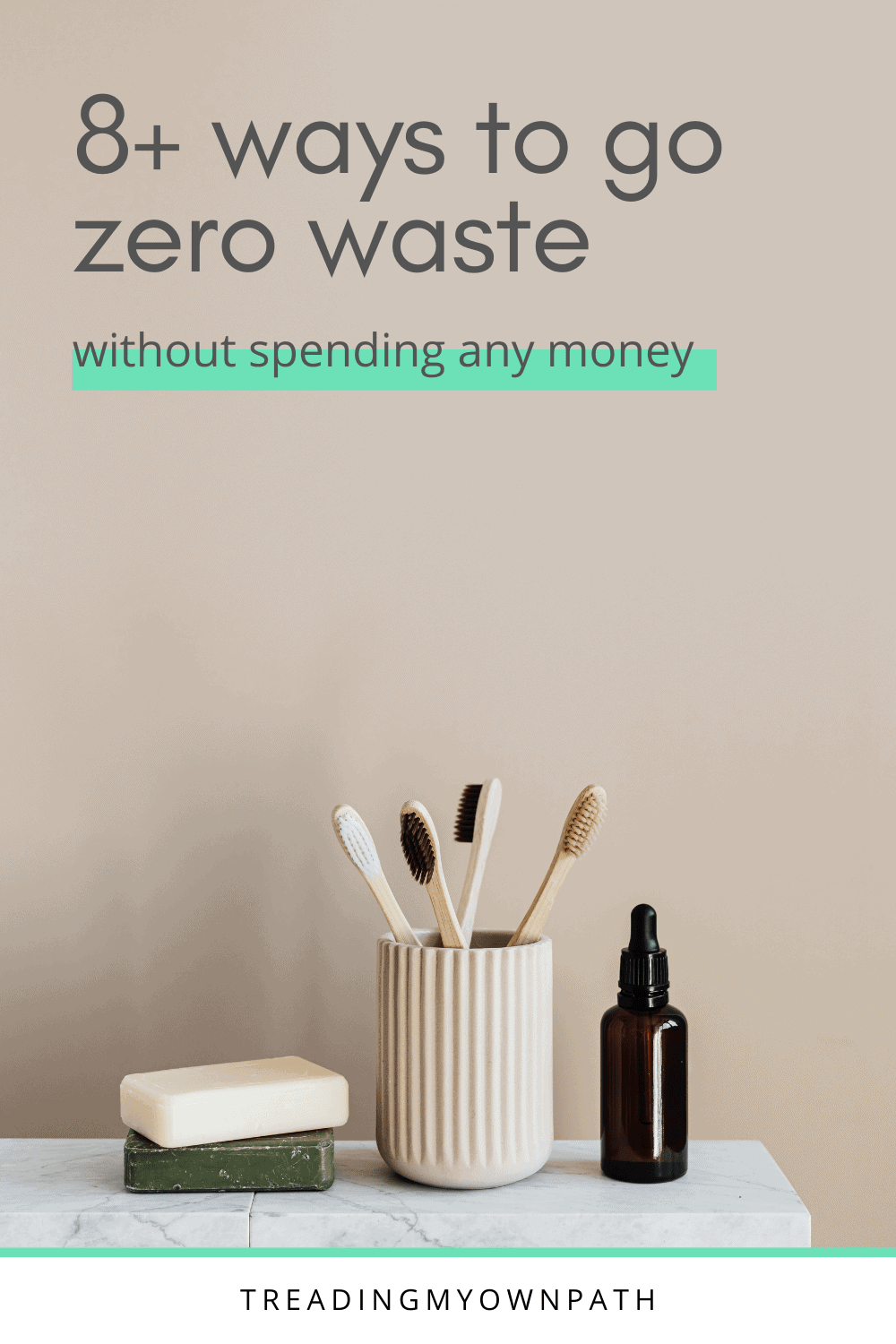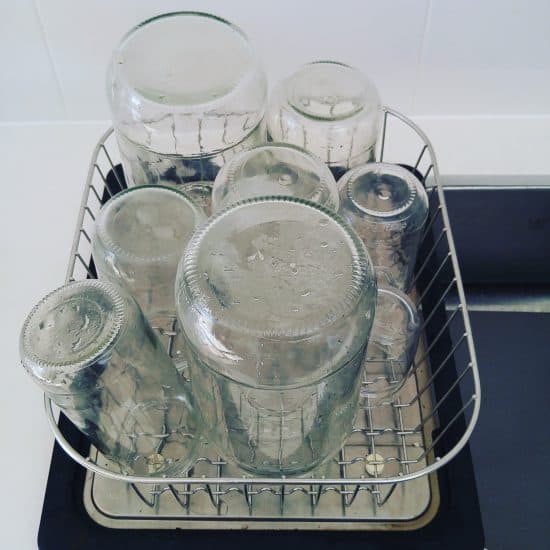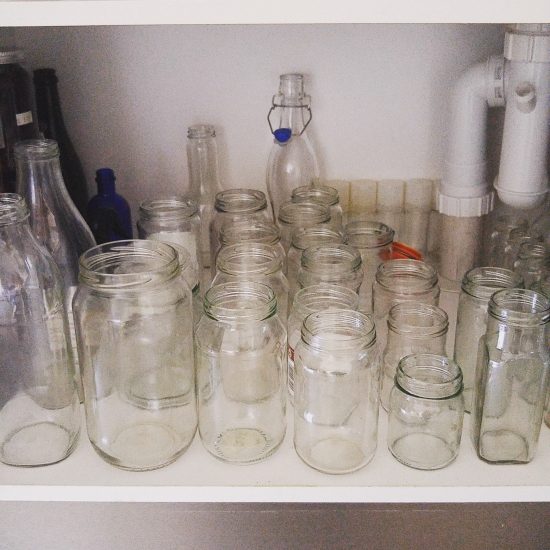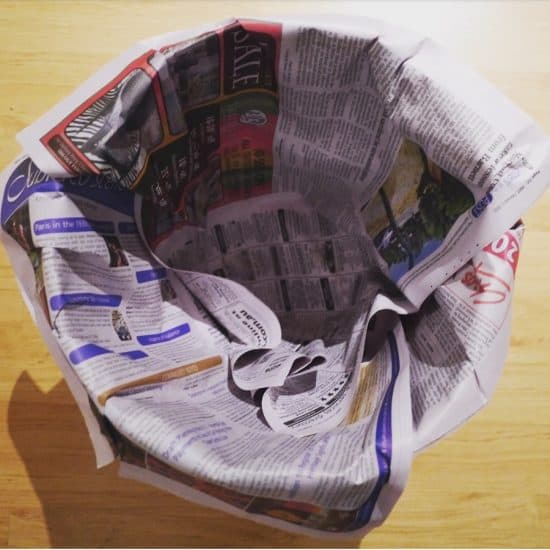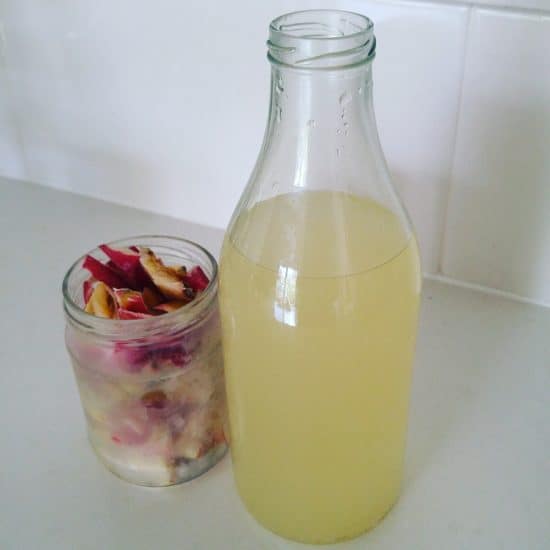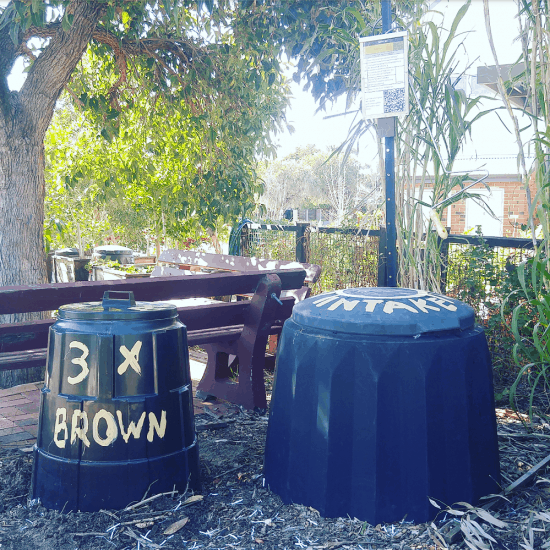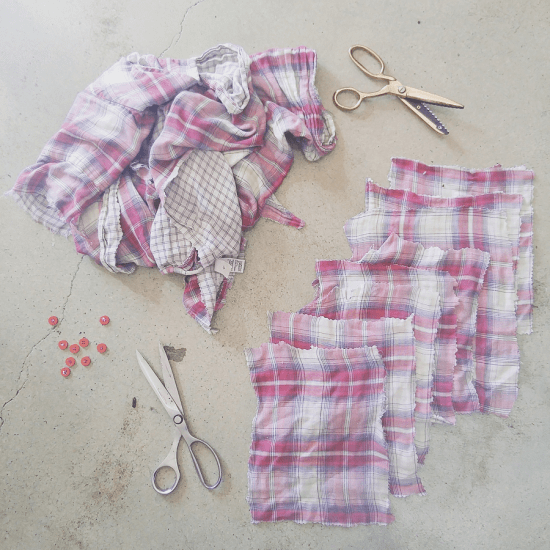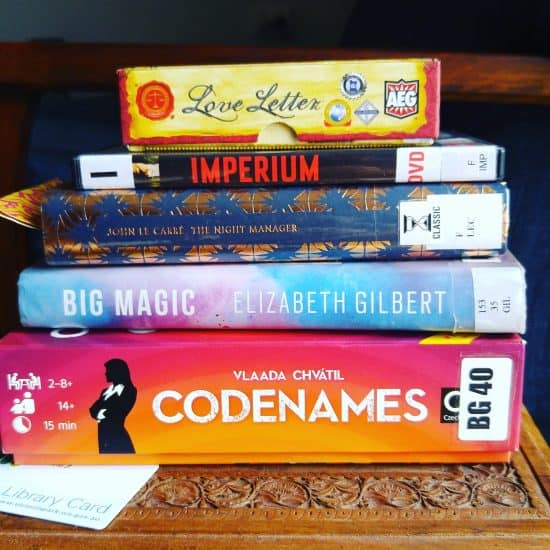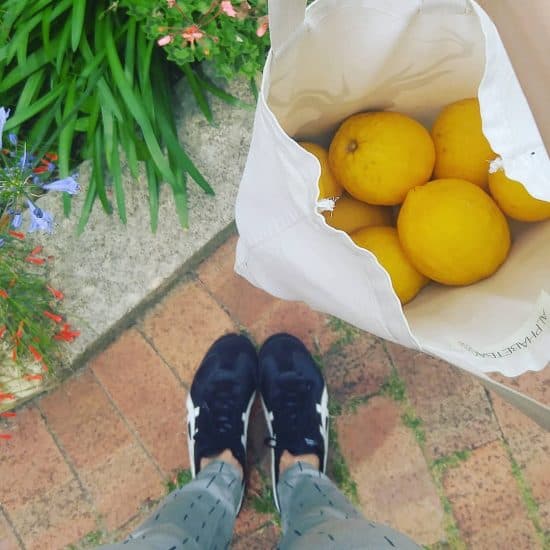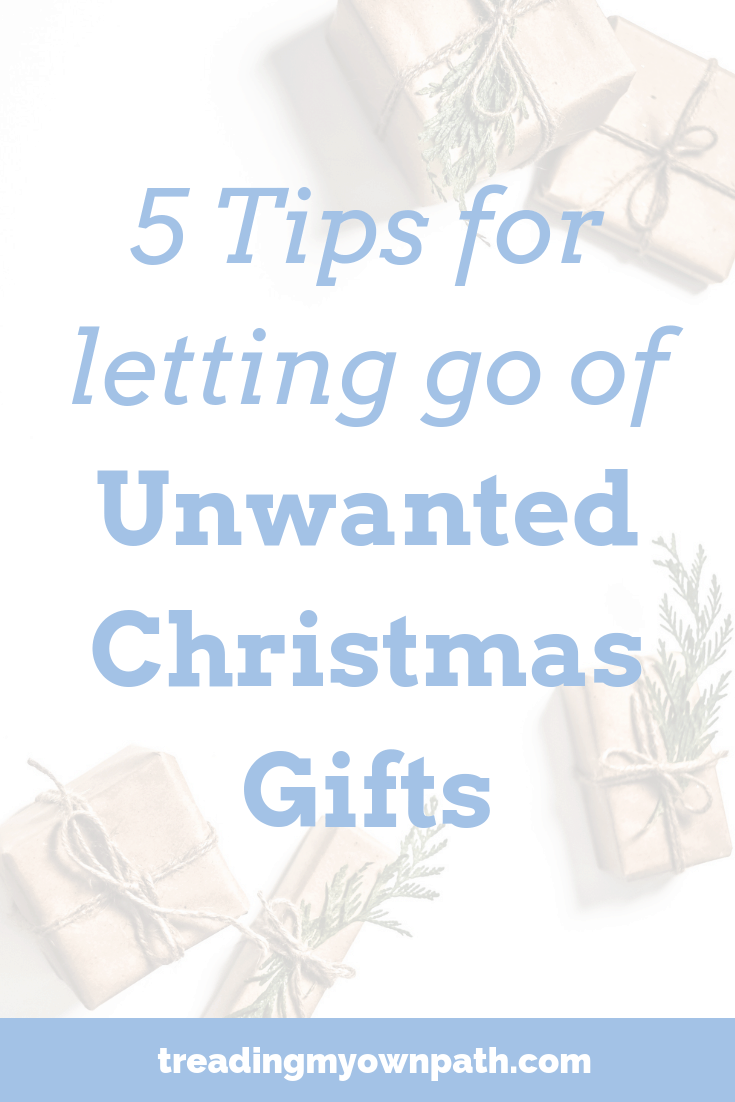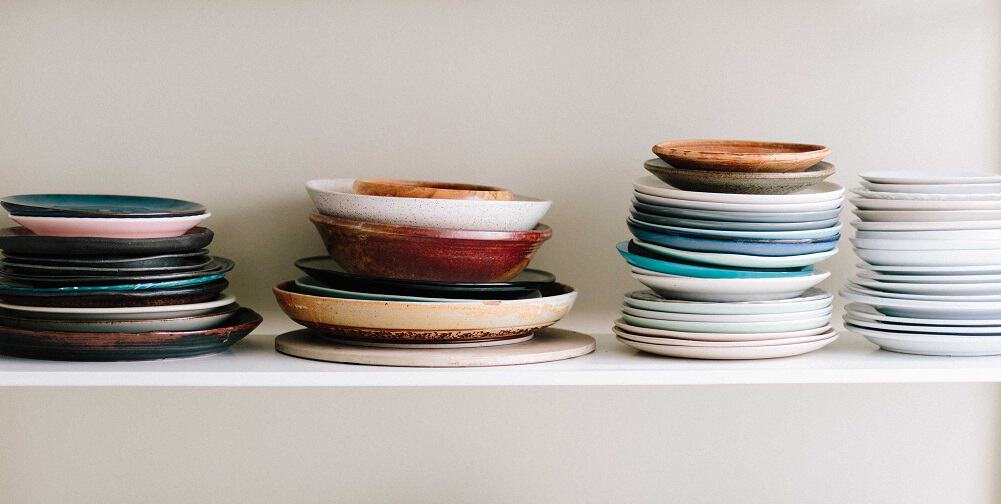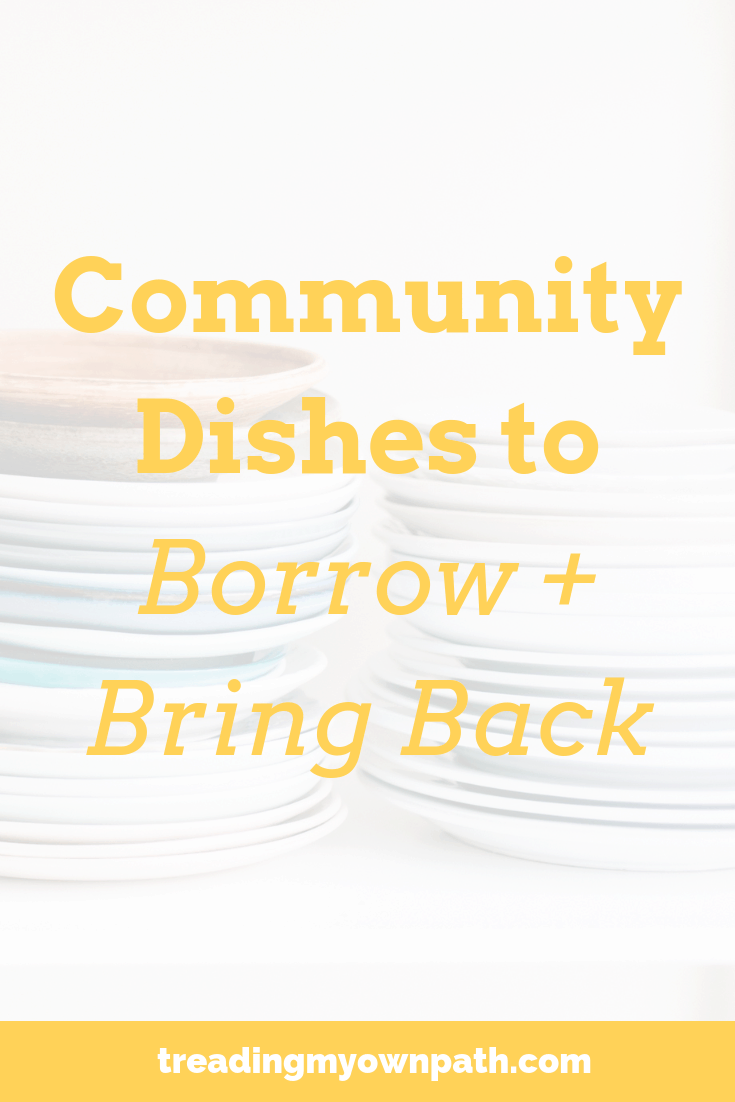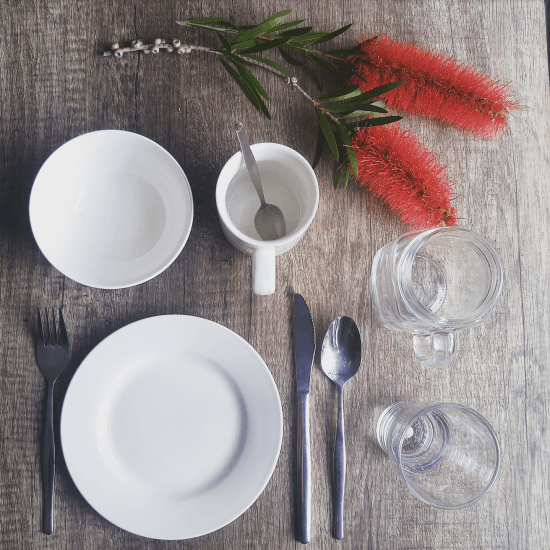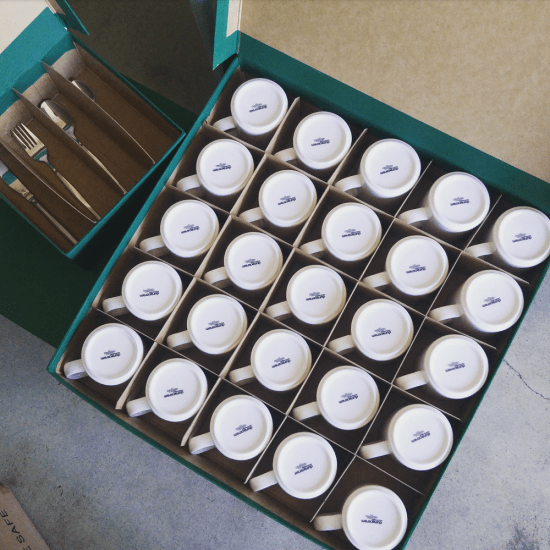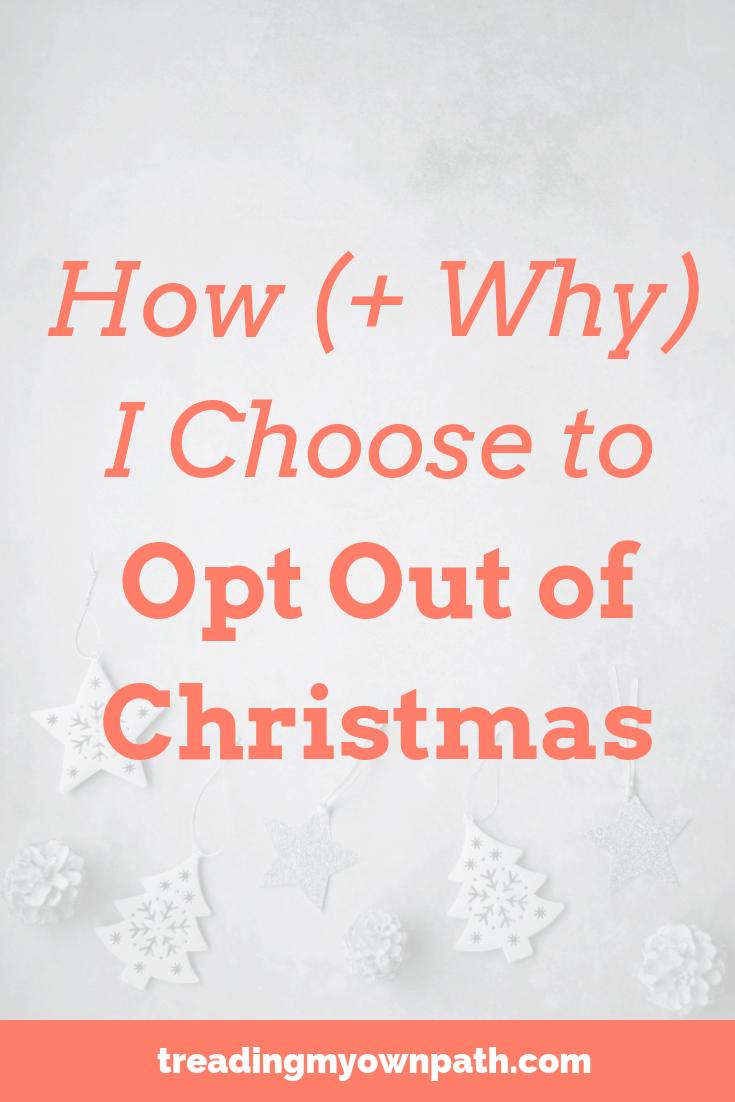Experiments with Less Stuff: 3 Outfits for 30 Days
There’s nothing quite like writing a book about decluttering and living with less stuff to make you re-assess all the things you own, and question again whether the things you have are really being used to their full potential.
Things left languishing in cupboards and drawers barely used? That isn’t the best use of those resources. And all stuff is resources – materials, time and energy went into making these things.
When I own something I barely use, and I know I would make do with something else if I didn’t own it, it just doesn’t make sense to me to keep it. It makes more sense to find a new owner who will use and love the things that I do not.
That’s not to say everything I own is used all the time. I own swimwear even though I’d hardly call myself a beachgoer; I own a selection of baking tins even though I’m not busting them out every weekend.
It’s all about balance: what’s practical, sensible and what’s good for our sanity. Even if I only go swimming occasionally, I need swimwear. In my world, brownies are square and sponge cakes are round. That’s just how it has to be.
But living with less stuff isn’t just about letting go of the things we no longer need, use or love. It’s about developing a new relationship with stuff. Not just our stuff, but all stuff.
We can see stuff for what it really is: resources, time, craftsmanship and effort. We can be honest with ourselves about whether stuff is practical and useful to us, or whether the stuff’s usefulness will be short-lived; destined to become clutter, and landfill.
And when we buy things and bring them into our homes, we can make sure we maximise their use. If we realise later that things are not being used to their full potential, we can re-home them so that they get the use they were designed for.
Decluttering, for me, is not about clearing space to buy new things. It is about respecting resources, and ensuring the stuff we have and do not use does not go to waste. Decluttering is not synonymous with chucking stuff in the bin.
Instead, it is an opportunity to make good our perhaps-not-so-good-after-all choices.
But of course, no-one wants to declutter things only to realise later on that they needed them after all.
Which brings me back to where I started: reassessing the things I own.
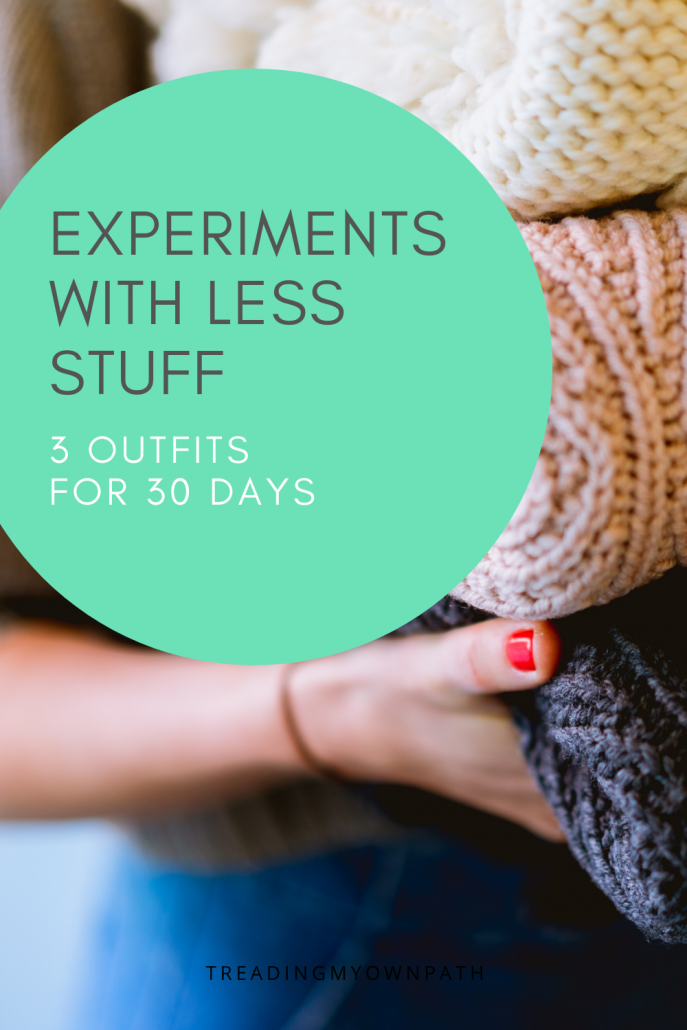
One area where I struggled for a long time in my de-owning journey was wardrobe decluttering. I had so many clothes, nothing to wear, and couldn’t part with anything! The idea of reducing my wardrobe by half, down to 100 things seemed almost unachievable, yet when I finally got there I realised: I still had too much stuff.
Eventually I reduced my wardrobe down to about 40 things. It was no longer overwhelming, and everything I owned I liked and wore – but I knew that really, I still had too much stuff.
The thing is, I am one of those people who just likes to wear the same few outfits all of the time. I live in the same few things, and I like it like that. Most of the people I know would be surprised I even own 40 items of clothing!
The goal with decluttering and de-owning is to find our “enough”. We don’t want too much stuff but we don’t want to be left with not enough, either. But figuring out the point between “too much” and “too little” where “just enough” lies takes time.
When it came to my wardrobe, I didn’t think another round of decluttering would be that useful in helping me find this “enough”.
Instead, I decided to go all the way to the “too little” side, and live over there for a month, to really test what I need and what I don’t.
3 Outfits for 30 Days
A couple of years ago I followed a woman on Instagram who decided to wear one dress for an entire year. It actually wore out half way through, and was replaced with another dress, but she completed the challenge and decided she loved the freedom it gave so much she would wear one dress for life.
That’s definitely a little too little for me (what would I wear when I need to wash the dress?!) but it got me thinking. What would realistically be the minimum viable number of outfits I could wear?
I asked myself a few questions, such as what different types of outfits did I need, what occasions did I need to consider, and what was practical (thinking about the climate, weather and my ability/willingness to do – and dry – the laundry often).
I need clothes that are suitable for presenting in, working in and lounging round the house in.
As for climate, the month of March is late summer/early autumn here in Perth. We have a Mediterranean climate: it’s warm enough to do laundry, hang it outside and bring it in dry a few hours later. It might be cardigan weather in the evening, but it is pretty warm during the day. Rainfall is minimal and short-lived.
With all this in mind, I decided on 3 outfits for 30 days.
1 skirt, 1 pair of trousers, and 1 dress. 2 tops, a cardigan and a denim shirt. Plus a pair of leggings if necessary.
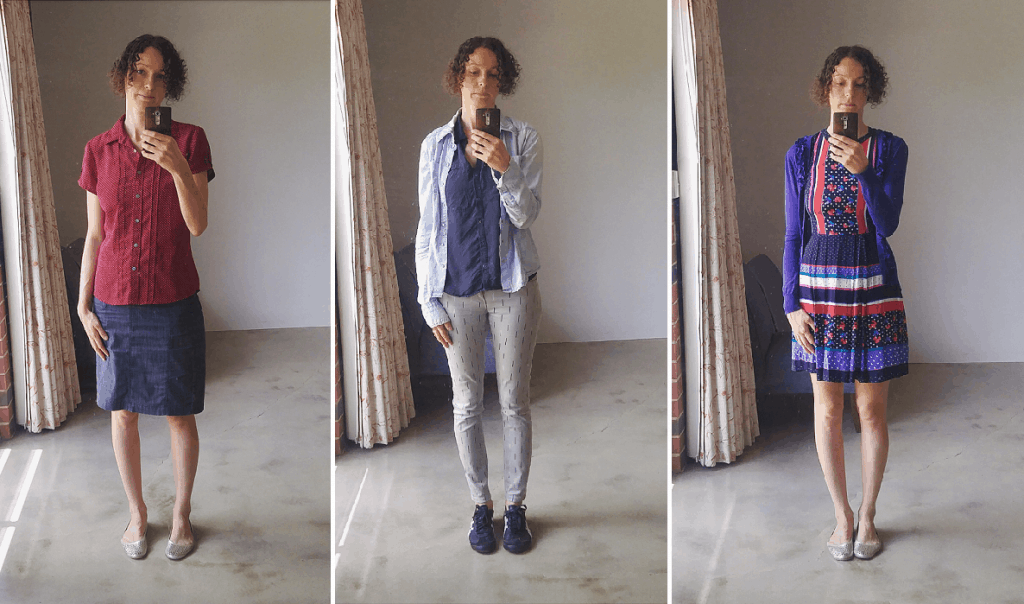
(My 3 outfits doesn’t include clothes for exercising, which I’ll still wear.)
I started on 4th March, and I’ll report back once the 30 days are over.
The goal is not to convince myself that this is all I need. The goal is to figure out what works, what is missing, and what things I would prefer to have (and not have) to make my wardrobe work better for me.
The goal is to experiment with less so I can find out where my “enough” lies on the scale.
It’s not so much about deciding which of the things I own I need or don’t need; more about helping me get clear on my future choices.
Owning less stuff isn’t just about letting go of the things we no longer use. It’s about understanding why we made the choices we made, learning from our mistakes, and getting clear on exactly what we need and what we’ll use.
If we know what we need and are pragmatic about what we’ll use, not only do we end up with less stuff: we use less resources, reduce our footprint, and create less waste.
Now I’d love to hear from you! Have you ever taken part in a “less stuff”, decluttering or minimalism challenge? What were the rules? Did you love it? Did you hate it? Did you learn anything? Were there any surprises? Or do challenges like this fill you with dread? Any other thoughts? Please share below!

